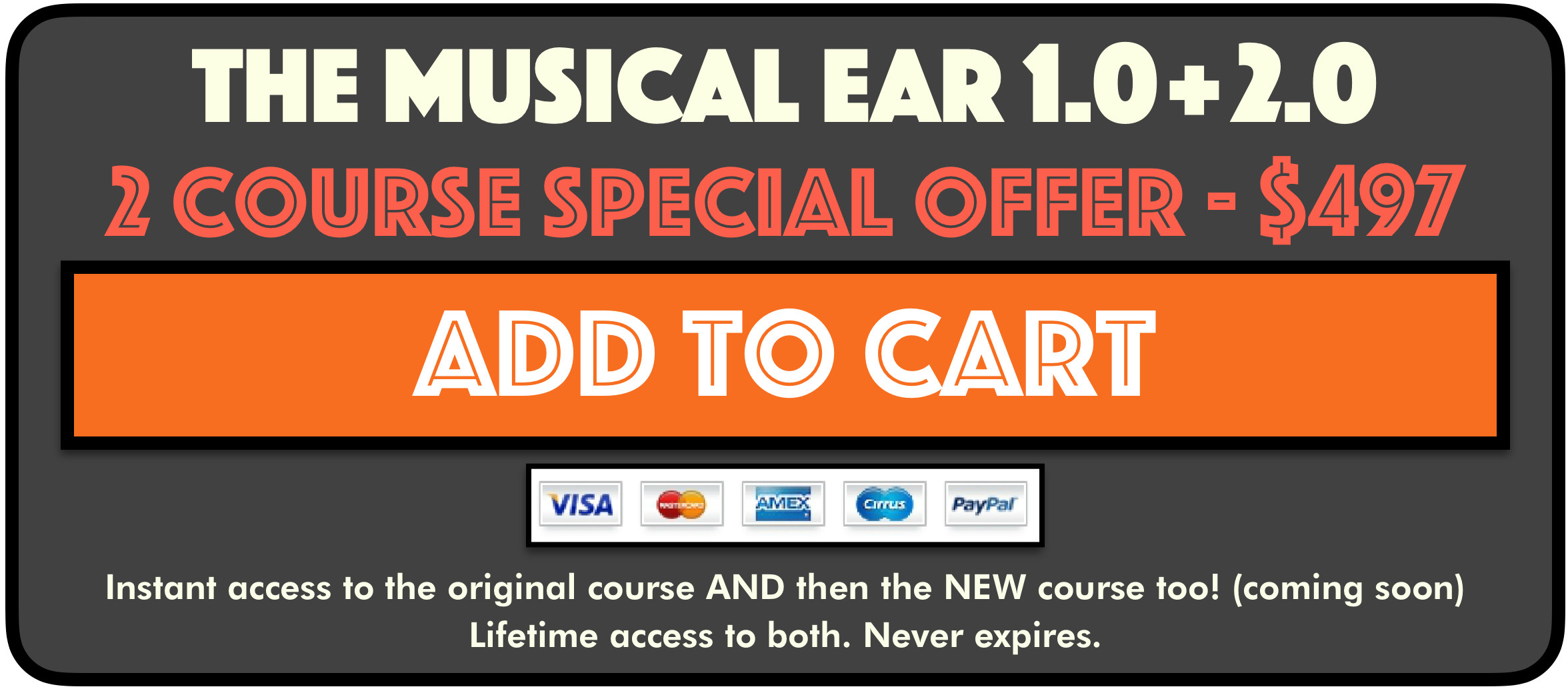Musical Ear Guided Tour
Stop Struggling In Music and Experience Huge Results
Do you experience the following?
“I lack confidence in music because I never had formal training”
“I’m overwhelmed with information and don’t know what to practice”
“I’ve hit a plateau in my playing – I’ve been stuck in the same place for years”
“I never know how a note’s going to sound until I play it”
These are things I’ve struggled with, and if you’re experiencing these too – lack of ear training could be holding you back.
Stop Struggling In Music
For my first 10 years of music lessons, I struggled in music.
For practice, I did what most musicians do – I learned pieces from a book, by reading sheet music.
During this time I lacked confidence and felt fear in musical settings – orchestra rehearsal, music classrooms, auditions and exams.
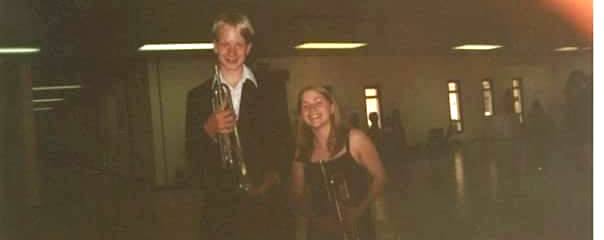
I didn’t ‘get’ music:
I couldn’t tell what made a good piece of music, or a bad piece of music.
I couldn’t tell what made a good performance, or a bad performance.
It was like there was an invisible game going on all around me – everyone else seemed to ‘get it’ apart from me.
But everything changed for me at age 17 – when I changed the things that I practiced.
It was Christmas time and I’d been playing Christmas songs from a book.
At one point my dad asked me to play ‘Good King Wenceslas’.
I said “I can’t because it’s not in the book” – but my dad encouraged me to figure it out anyway – by ear.
I had a go – starting on C – and I tried to find the next note. It took me a few tries, but I found the next note.
Then I searched for the next note.
And within 5 minutes I’d transcribed my first melody ever.
It felt amazing! So then I started transcribing a second melody (The First Noel), and then a 3rd (God Rest Ye Merry Gentlemen).
All within half and hour I’d transcribed 3 melodies by ear. This was the most life changing 30 minutes of my life.
With each new melody I transcribed, I gained confidence and momentum. Within 8 or 9 songs I was able to do it quite quickly.
That night my world changed
For the first time I was focused on my hearing – rather than reading notes from paper.
I became obsessed with transcribing songs by ear – it became ‘my thing’.
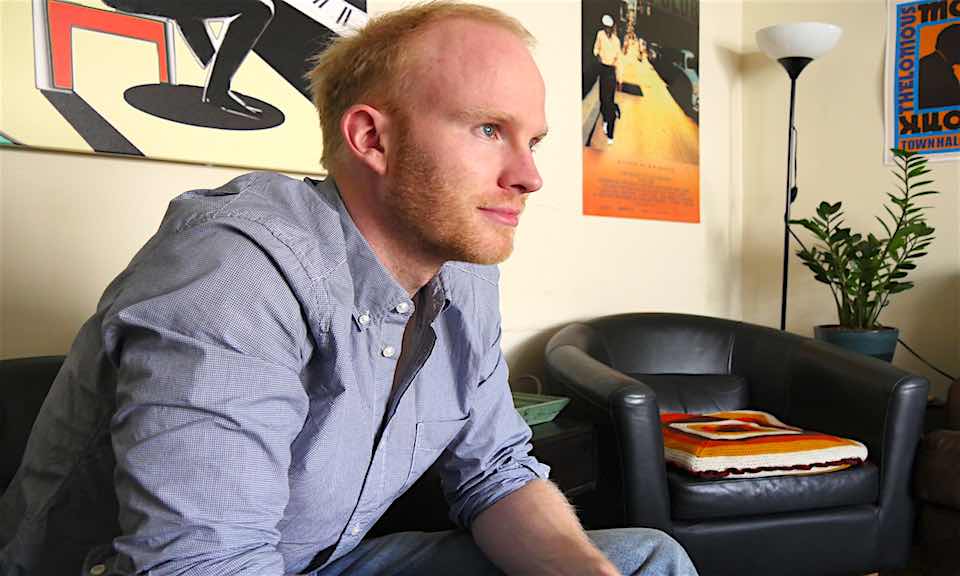
The more songs I transcribed, the more I noticed the common patterns between them all.
Over the next 2 months, I had a complete musical breakthrough:
I found myself raising my hand in class.
I found myself being the first to answer questions.
I found myself composing with conviction – knowing exactly which notes and chords I wanted played.
I noticed that my ear was better trained than most of my music teachers.
And I quickly became known as ‘the person who can play by ear’.
My friends encouraged me down the path I was going, by challenging me to transcribe new songs. And fairly soon I was able to play their requests on the spot – first time – without zero wrong notes.
Why did I succeed?
I wasn’t the only person in my class who practiced ear training – my other classmates were transcribing songs too.
But I did one thing different to them:
Whereas my friends transcribed songs in the same keys as the originals – I transcribed every song in my own key – C minor.
This went AGAINST the advice of my music teachers – who told me to ‘practice everything in all 12 keys’.
However, there turned out to be a HUGE benefit to my one key approach:
I could see every song lined up neatly in the same key – and I could spot the common shapes and patterns.
I could compare any two songs together – Beethoven’s 5th was lined up with Coldplay’s ‘Clocks’, ‘The X-Files’ theme, and 50 other songs.
I quickly gained a clear understanding of harmony – because everything was in the same key.
12 Keys = Confusion
This is the reason that most musicians stay confused about music their whole lives – every song is in a different key to them, and they get distracted by the sharps and flats.
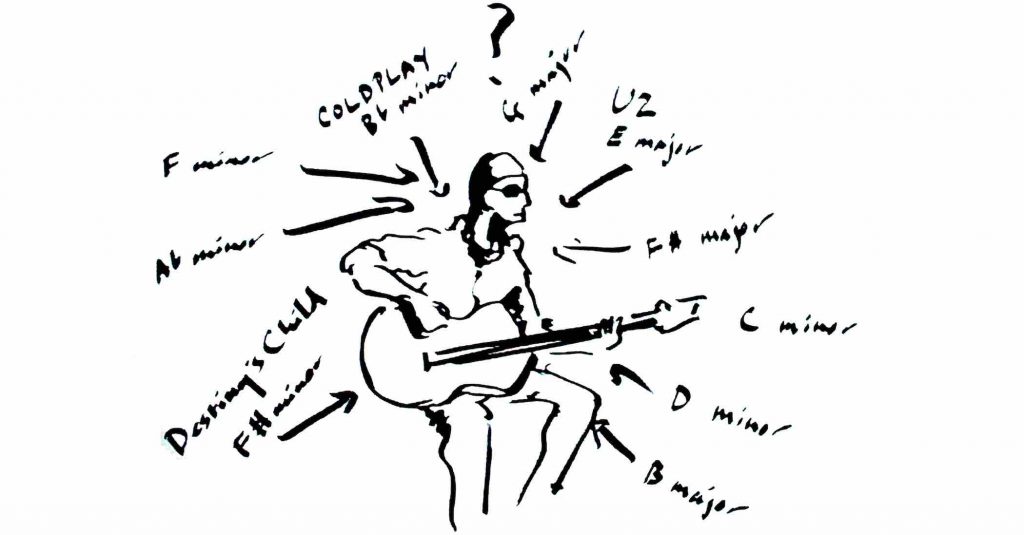
But when you play every song in the same key, you notice that music isn’t that complicated.
Most music uses the same few notes and chords – the one thing changing is usually the key signature.
So that’s the secret to my success in music:
1) I became obsessed with ear training
2) I transcribed every song in C minor
If I hadn’t changed my practice, I’d still be in the same place I was at 17 – struggling in music, lacking confidence, and wasting time practicing things that don’t make a difference.
My Musical Transformation
Once I’d learned to play music by ear, I quickly became the top student in my music class.
Then I studied music at university and gained a first class music degree – and then a masters degree too.
But most of all, the biggest benefit is that I became immersed in music – everyday.
When waiting in line for coffee. At the gym. Shopping for groceries. Trying on jeans. Watching a film with my spouse.
These are the places that I practice music.
I don’t set aside time to do it – it just happens when I hear music being played.
Then I Helped Others
After experiencing this breakthrough in my music, I started encouraging others to do the same.
Starting with my younger brother – Michael – a violin player who was only causally interested in music at the time.
I encouraged him to transcribe a series of songs by ear – and made sure he transcribed each song in C minor.
Quickly he noticed his ear develop – and although he never studied music formally (he’s an engineer), he now has a phenomenal musical ear, and transcribes new songs everyday.
In my piano teaching, I encourage all of my students to transcribe songs by ear, sticking to my One Key method.
The students who do, quickly see the same results – better improvization, better composition, faster learning, increased confience, and more.
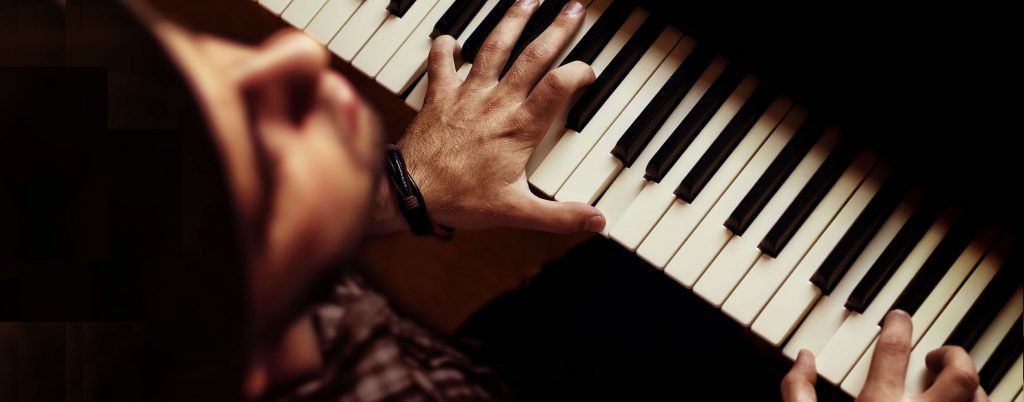
And now I’ve spent a decade teaching musician friends and students to play music by ear, using my One Key method.
I’ve seen breakthroughs in students of all ages – from age 18, up to 83.
You don’t need to be super human or be born with natural talent to learn this. It’s a simple process – and all you need to do is follow it.
The Musical Ear
I’ve now condensed my ear training system into a video course – called ‘The Musical Ear’.
The Musical Ear is my flagship video course in ear training. It teaches you to play music by ear, following my One Key method.
The Musical Ear takes you on the EXACT path I went through, and teaches you through real life songs.
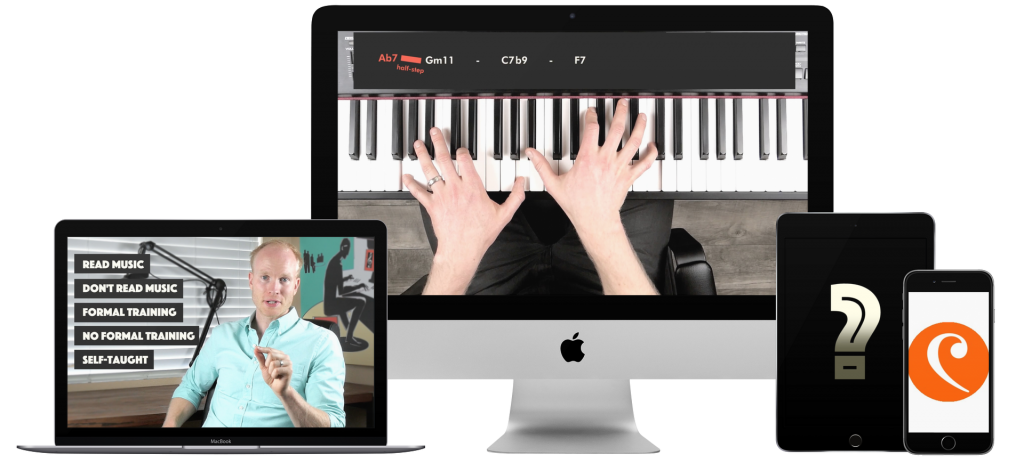
The Musical Ear is the only course to be taught entirely in one key – C minor.
Imagine the clarity you’ll get when you transcribe 30 songs with me – all in the same key.
You’ll quickly learn the common shapes, and all confusion about music will dissappear.
The Musical Ear gives you direct access to me – as though I were teaching you one on one. You can watch the lessons as many times as you need, pause and replay them, all from the comfort of your own home.
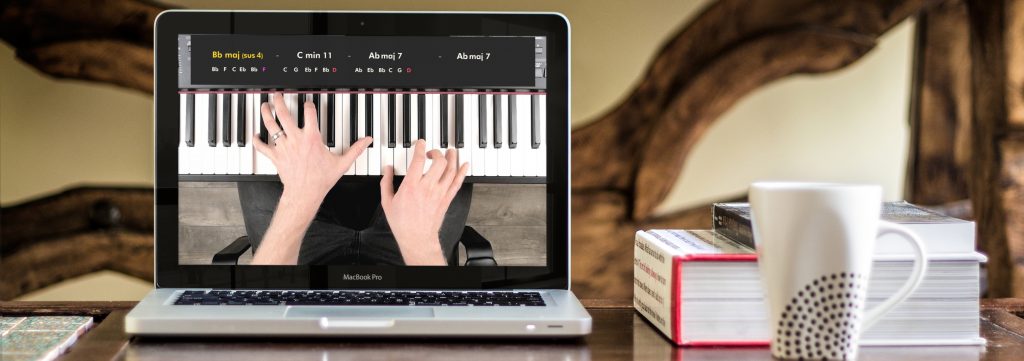
You Will Discover
When you watch The Musical Ear course, you’ll discover:
– The 6 intervals that you need to know to play by ear (not 12)
– How professional musicians learn intervals (hint: not by humming famouns melodies)
– The 5 notes and 6 chords that most music is built from
– How to know where a melody fits within the scale (rather than just playing a series of intervals)
– Why most music is not major, or minor – it’s both
– How to transcribe a chord progression
– The melody / chord relationship – how to figure out which chord goes with a melody note
– The rules of music – learn to think logically, and know what to expect from any melody or chord progression
And much more
Who Is The Musical Ear For?
You must have at least 5 years playing experience.
You’re fluent on piano (so that you can play melody and chords together).
Reading music is NOT necessary – I teach all concepts visually through the piano.
You must be familiar with the major scale, minor scale, major chords, minor chords, and be able to count all 12 intervals from any note.
The Musical Ear Is NOT For:
Beginners: You must have 5 years playing experience (but no experience in ear training is fine).
The Part-Timer: If you’re only casually interested in music and you’re fine just playing a few songs from sheet music for enjoyment, this course is not for you. This course is for serious musicians.
Rigid taste in music: This course teaches through a wide variety of music styles – Movie soundtracks, Computer Game music, TV jingles, Christmas Songs, Jazz, and more. To enjoy this course you’ll need to be open to a range of styles.
Already a full time student: If you’re already enrolled in full time study, make sure you complete that before embarking on this course.
What You Get
When you join The Musical Ear today – you get:
– 37 Video Lessons (roughly 15-20 minutes each)
– Lifetime access to both 1.0 and 2.0 versions of the course
– Complete access to all future upgrades and additions to The Musical Ear – no additional charge
– Video downloads: option to download all lessons to your computer
– Audio Lessons – download the course in audio format, and listen while on the go
– Lifetime access to the course – revisit the lessons in one year, two years, and 10 years time
– Weekly Mentor Emails – keeping you on track and focused over the long term.
– Bonus Book: ‘Ear Training Explained’ – a complete summary of the videos
Lifetime Value
What would it be worth to you, to experience a complete breakthrough in your playing?
How much time would it save you to have all of your learning organized in one place, taught to you step by step?
How much confidence would you gain from going through one complete course – and filling in all of the music theory gaps once and for all?

The Musical Ear goes far beyond most university’s curriculum for ear training – and it costs far less.
You won’t have to pay tens of thousands of dollars, you won’t have to travel to attend.
You choose when you watch the course – it fits into your schedule.
The price for Lifetime Access to The Musical Ear is $497.
There are no recurring payments – just a one time payment to join forever – even if the price increases in future.
If you join today you’ll get the complete 1.0 course, the new 2.0 course – and all future additions / upgrades.
Money Back Guarantee
But what if you watch the course and decide it’s not right for you?
When you join The Musical Ear, you get my ONE YEAR Money Back Guarantee.

That’s right – 365 days to try the course. If for any reason you decide it’s not right for you, just email me and I’ll refund 100% of your purchase – no questions asked.
I realize that this course is a big investment – and I want to make sure that you get maximum results and love every minute of it.
So if it turns out not to be right for you – wrong level, don’t have time, etc – then I insist on refunding your purchase.
And if you’re reading this and you’re on the fence, then I’d rather you try The Musical Ear and ask for a refund, than not to try it at all.
Quick-fire Q & A
Do I have to stop playing my repertoire that’s in different keys? No – my one key method only applies for your transcribing practice. You can continue playing other pieces in other keys – it’s just for ear training that I ask you to stick to C minor.
How many lessons are in the 1.0 course? 37 lessons – must be watched in order – each lesson is roughly 15 minutes.
Are the videos downloadable? Yes! Videos are downloadable – either watch them on the site or download to your computer.
The price of this course is more than anything I’ve bought before. What makes this course so special? The Musical Ear resembles a full university degree in music – no exaggeration. It goes FAR more in depth on this topic than anything else I’ve seen, INCLUDING my own university education at 3 different colleges (both undergrad and postgrad). It condenses 10 years of my own learning into a concise course, and you get to go through it in a fraction of the time – and cost – that it took me.
I’m not sure if this course is right for me. What should I do? I made this course to help musicians stop struggling and reach their full potential, and I genuinely want it to help you. So if you’re on the fence, I’d rather you try the course than not – and if it’s not right for you I’ll be happy to refund your purchase.
What Members are Saying
“Wow, played all videos and feel like I have taken a 4 year Berkley in 5 hours. A wonderful thesis in music theory and practical. I think your presentation hits on all cylinders and will be a wonderful tool for students. Way ahead of your original works which in themselves were excellent.
[…]
I’m just up to your Transcribing Jazz Lesson part 3 and what a wonderful piece of work that is. The way you have created your Ear Training course is pure genius and I realize I need to go right back to the beginning and slowly work through it. Not just from an ear training standpoint but there is so much theory in it, it is a gold mine of information and presented in a way I enjoy – factual and to the point without wasting time.”
Ray Huckell, Toronto, Canada.
“These new tutorials are outstanding Julian! Especially for pianists like me who lack the fundamentals and have an insatiable passion to improve ear training. You so very beautifully explain in simplest terms the spectral relationships between melody, harmony and bass within an octave. I’ve spent a lifetime sitting in front of the piano trying to understand it and these new tutorials give us all a much greater shortcut to do just that!
[…]
I realized as we drove yesterday to go fishing and listened to pop radio that I was using my ear in a new and different way, to understand and study intervals. I feel had I been taught this particular method I’d have been conscious of my abilities at a much earlier age. It makes me smile to finally realize at my age I can do this. It was you who awakened me to the logic and process.”John Riger, Aspen, Colorado.
“Hey Julian! Just checked your ear training playlist and I’ve listened to it already for the 8th time, and I love it!!! Great examples and I love your melodies. For me, and I can only speak for me, the content is clear and on point. I really like the way you understand music, for me you are the best teacher!
I started playing keys about 1.5 half year ago. Since then I’ve watched so many videos about chord functions, relative major minor stuff etc, but since hearing your ear training I’ve got a different view on chords and intervals in a very positive way. I used to struggle with recognizing chords and used to feel overwhelmed, but you’ve given me the tools which makes it a lot easier to transcribe chords.
[…]
Since I heard your ear training material I listen to music in a different way – really thanks for that, it makes me greedy for more! Thanks again, and I’m waiting like a child for christmas for more new stuff!!!”Adrian Ryzka, Vienna, Austria.
